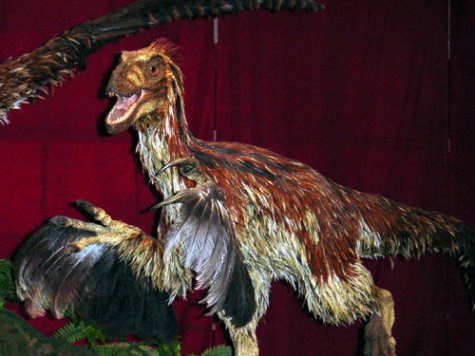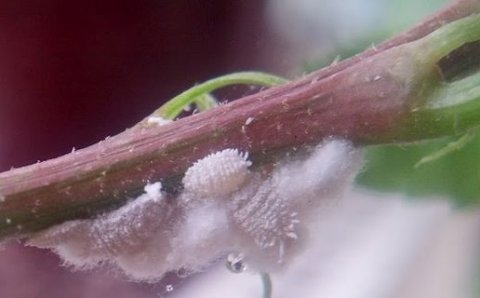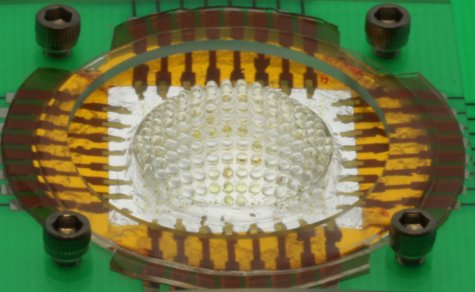Not long ago, I wrote a post discussing the anti-science views of “Bill Nye the Science Guy.” In that post, I discussed how anti-science it was for Nye to tell people to blindly accept the scientific consensus and stop arguing about whether or not life is the product of evolutionary processes. Well, I recently came across another example of Nye’s anti-science actions. He has no problem lending his name to an experiment that was brazenly faked.
At the 0:47 mark in the the video above, Nye suggests a “simple experiment” to show that carbon dioxide causes global warming. He says to put two thermometers into two identical bottles, add excess carbon dioxide to one bottle, put both bottles under identical heat lamps, and watch the thermometers. Over time, you will see the temperature in the excess-carbon-dioxide-containing bottle rising more quickly than the temperature in the bottle that contains no excess carbon dioxide. The video he is narrating supposedly shows the experiment and its results, proving beyond any shadow of a doubt that carbon dioxide causes global warming.
Now before I start discussing the article that shows that the experiment was faked, I want to make a quick point. I have students do a similar experiment in my award-winning text Exploring Creation with Physical Science. Unlike the one in the video, the experiment I have the students do works for most students, because carbon dioxide does, indeed, trap infrared light and produce an increased temperature in its surroundings. However, the “simple experiment” shown in the video does not demonstrate this, and anyone with a reasonable knowledge of the physical sciences should understand that.









